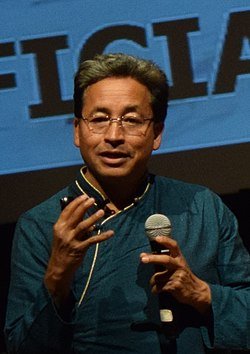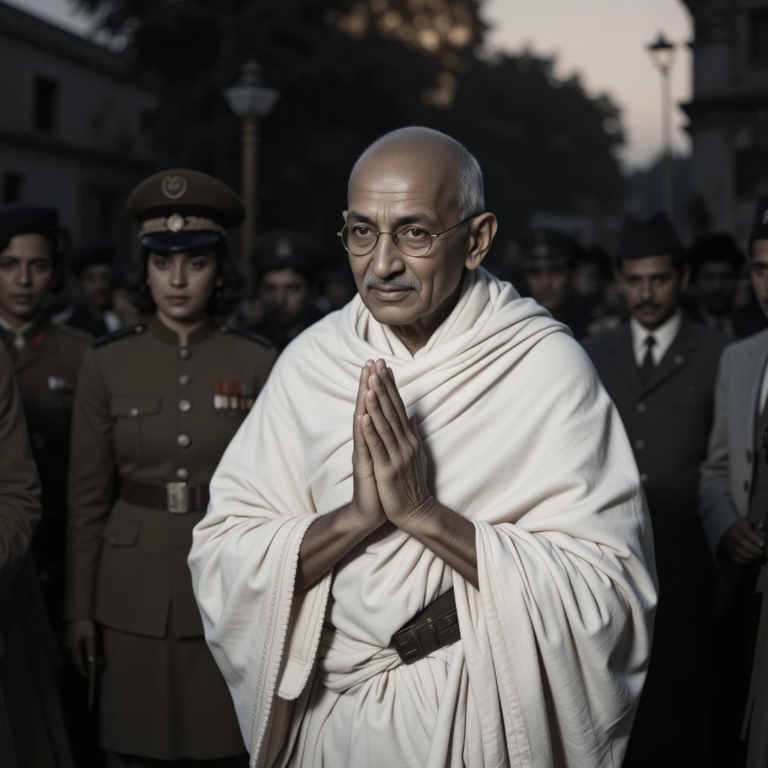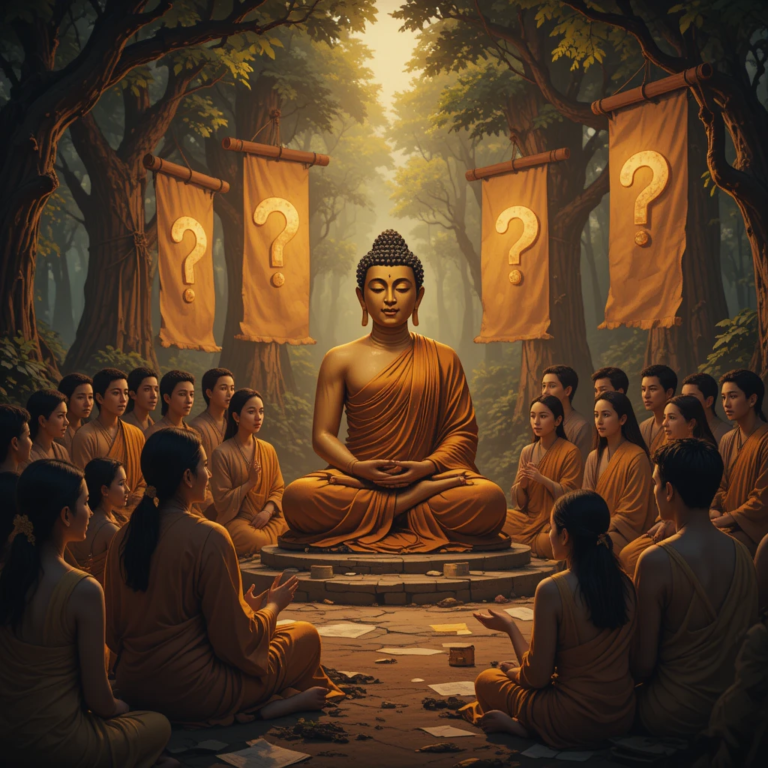Introduction
The 7th century marked a transformative era in Indian history, Kumbh Mela or Mahadanbhumi, characterized by the political unity and cultural zenith under Emperor Harshavardhana, a ruler whose reign bridged religion, governance, and cultural patronage. It was during this period that India, often referred to as “Mahadanbhumi,” gained its epithet as the “Great Land of Generosity.”
Table of Contents
This title was immortalized by the famous Chinese Buddhist monk and traveler Xuanzang (also spelled Hsuan Tsang or Weahbmsung). In 629 AD, Xuanzang embarked on an arduous pilgrimage from China to India, seeking Buddhist scriptures, knowledge, and enlightenment. His observations, recorded in The Great Tang Records on the Western Regions, have become one of the most valuable historical sources about ancient India.
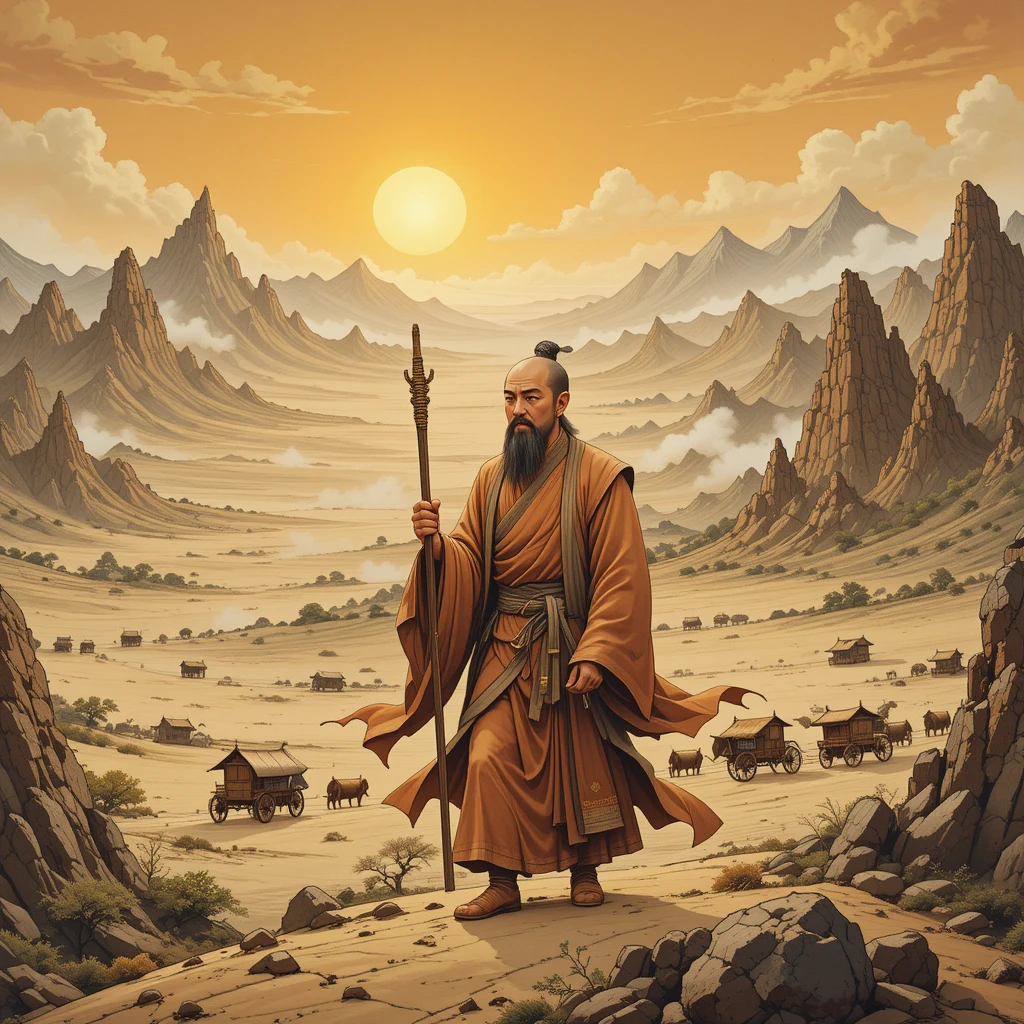
Through Xuanzang’s lens, we see India not only as a land of religious fervor but also as a hub of intellectual and social advancements, standing tall as a beacon of generosity, tolerance, and prosperity. This article explores the intricacies of kumbh mela or Mahadanbhumi as described in Xuanzang’s travel notes, focusing on governance, education, religion, and societal dynamics under Harsha’s rule.
Xuanzang’s Journey to Mahadanbhumi
The Pilgrimage Begins
Xuanzang’s pilgrimage to India began in 629 AD, despite official restrictions from the Tang Dynasty against traveling abroad. His unyielding determination to seek the original Buddhist texts and visit sacred sites drove him to embark on a journey that lasted over 16 years. His route took him through Central Asia, crossing the perilous Gobi Desert, the Tianshan Mountains, and the rugged terrains of present-day Afghanistan and Pakistan.
Upon entering India through the Khyber Pass, Xuanzang was struck by the rich cultural and religious diversity. His travels spanned the subcontinent, including Kashmir, Mathura, Nalanda, and Kannauj, where he became an honored guest at the court of Emperor Harsha.
Mahadanbhumi Under Harsha: A Land of Righteous Rule
Governance and Administration
Emperor Harshavardhana, who ruled from 606 to 647 AD, was not just a monarch but a visionary leader who transformed his kingdom into a model of governance. Xuanzang provided a detailed account of Harsha’s administrative policies, praising his justice system, public welfare initiatives, and equitable taxation.
Key Features of Harsha’s Governance:
- Decentralized Administration: While Harsha maintained a centralized monarchy, he relied on local village assemblies and officials for day-to-day governance. These assemblies ensured that even the smallest grievances were addressed.
- Justice for All: Xuanzang noted that Harsha personally intervened in legal matters to ensure fairness. Capital punishment was rare, reflecting the ruler’s emphasis on compassion.
- Public Welfare: Harsha’s reign was marked by significant public works, including the construction of hospitals, rest houses, monasteries, and irrigation systems.
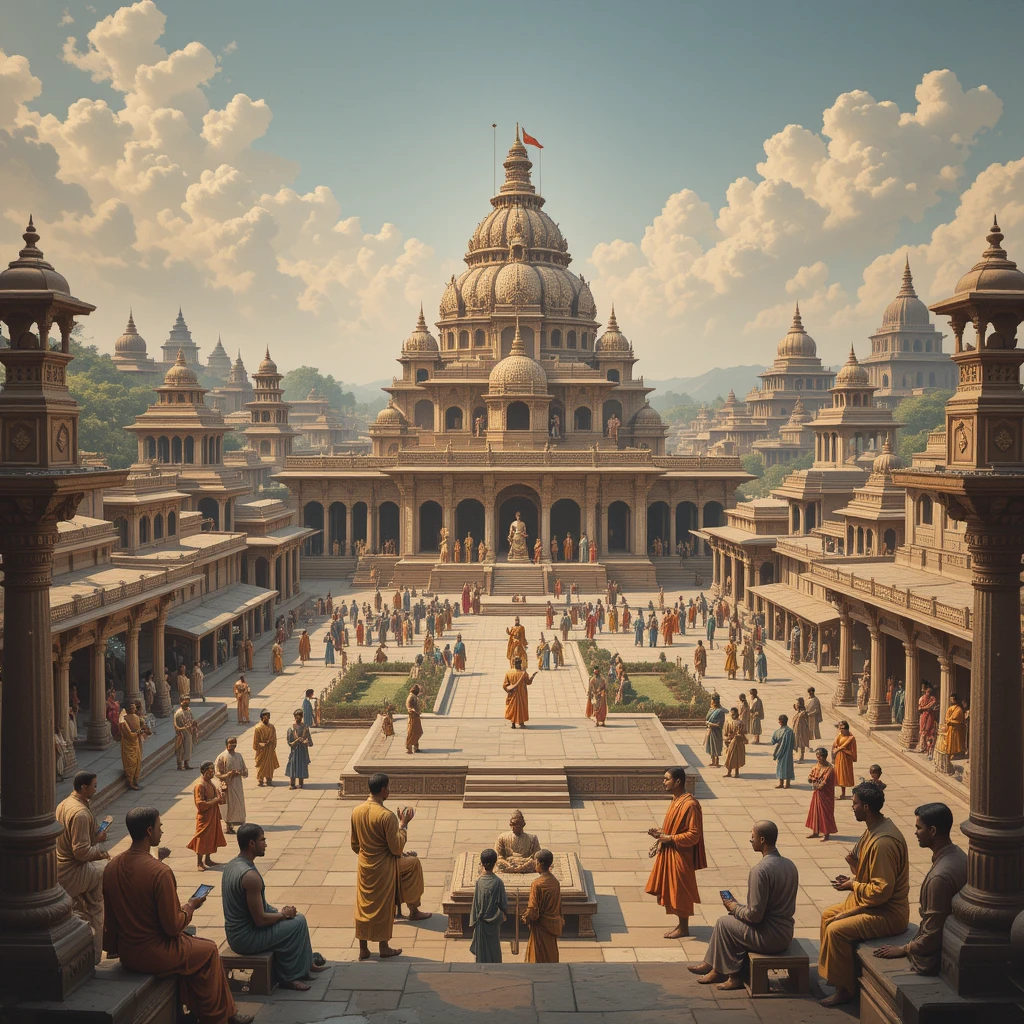
Reference:
- Great Tang Records on the Western Regions by Xuanzang, translated by Samuel Beal, Volume 1, Chapter 3, pp. 98–104.
Economic Prosperity
India’s economy during Harsha’s reign was a testament to its agricultural abundance and thriving trade networks. The Gangetic plains were highly fertile, supporting a diverse range of crops such as rice, wheat, sugarcane, and spices.
Xuanzang highlighted the flourishing trade of textiles, ivory, and precious gems, which attracted merchants from Central Asia, Persia, and the Mediterranean. Urban centers like Kannauj and Varanasi were bustling with economic activity, while rural areas thrived on self-sufficient agricultural practices.
Reference:
- R.C. Majumdar, Economic History of Ancient India, pp. 215–220.
Religion and Spirituality: The Soul of Kumbh mela or Mahadanbhumi
Religious Diversity
One of the most striking features of Mahadanbhumi, as described by Xuanzang, was its religious diversity. Hinduism, Buddhism, and Jainism coexisted harmoniously, each contributing to the spiritual and cultural fabric of society.
Harsha himself, initially a devotee of Shiva, later embraced Mahayana Buddhism under the influence of scholars like Xuanzang. However, his patronage extended to all religions, fostering a culture of tolerance and inclusivity.
Significant Observations by Xuanzang:
- Harsha organized the Kannauj Assembly, a grand religious gathering that brought together scholars and monks from across Asia to debate Buddhist philosophy.
- The emperor distributed wealth to religious institutions, ensuring that both Hindu temples and Buddhist monasteries flourished under his rule.
Reference:
- Etienne Lamotte, History of Indian Buddhism: From the Origins to the Śaka Era, pp. 337–344.
Buddhism and Nalanda University
Xuanzang’s account of Nalanda University remains one of the most detailed descriptions of this ancient center of learning. Located in present-day Bihar, Nalanda was a hub for Buddhist studies, attracting scholars from across Asia.
Key Features of Nalanda:
- Student Population: Over 10,000 students studied a wide array of subjects, including Buddhist philosophy, logic, medicine, and astronomy.
- Teaching Excellence: The university employed 2,000 teachers who were experts in their fields.
- Library System: Nalanda’s library was a vast repository of knowledge, housing manuscripts and texts that spanned multiple disciplines.
Xuanzang himself studied at Nalanda for several years, mastering Buddhist texts and Indian philosophy.
Reference:
- Sukumar Dutt, Buddhist Monks and Monasteries of India: Their History and Their Contribution to Indian Culture, Chapter 8, pp. 189–195.
Cultural and Social Aspects of Mahadanbhumi
The Spirit of Generosity
The term “Mahadanbhumi” or “The Great Land of Generosity” was not merely a poetic expression but a reflection of India’s societal values. Xuanzang marveled at the culture of charity that permeated all levels of society.
Examples of Generosity:
- Public Infrastructure: Inns and rest houses were built along major trade routes to serve travelers and pilgrims.
- Royal Donations: Harsha’s acts of charity were legendary. During the Prayaga festival, he distributed his entire wealth to the people, leaving the royal treasury empty.
- Community Support: Merchants and commoners often contributed to public welfare projects, reflecting the collective spirit of generosity.
Reference:
- John Kieschnick, India in the Chinese Imagination: Myth, Religion, and Thought, pp. 145–152.
Festivals and Celebrations
Xuanzang’s accounts vividly describe India’s festivals, which were a blend of religious devotion and cultural expression. Among the most notable was the Prayaga Kumbha Mela, held at the confluence of the Ganga and Yamuna rivers. This grand event attracted millions of pilgrims and showcased the unity and diversity of Indian society.
Reference:
- Cultural History of India edited by A.L. Basham, pp. 322–328.
Education and Intellectual Achievements
India’s reputation as a center of learning was well-established by the time of Xuanzang’s visit. Apart from Nalanda, other universities like Takshashila and Vallabhi played pivotal roles in disseminating knowledge.
Key Subjects of Study:
- Buddhist Philosophy: The core of intellectual discourse.
- Medicine: The study of Ayurveda and surgical techniques.
- Astronomy: Indian contributions to astronomy impressed scholars worldwide.
- Grammar and Logic: Integral to mastering both Sanskrit and Buddhist texts.
Reference:
- A.L. Basham, The Wonder That Was India, pp. 390–400.
Challenges in Mahadanbhumi
Despite its grandeur, Mahadanbhumi was not without its challenges. Xuanzang noted several areas where the kingdom struggled:
- Caste System: The rigid caste hierarchy limited social mobility and access to education for lower castes.
- Banditry: While Harsha’s administration ensured relative safety, remote regions occasionally fell prey to bandits.
- Regional Conflicts: Internal skirmishes and rivalries among local rulers disrupted peace in certain areas.
Reference:
- The Wonder That Was India by A.L. Basham, pp. 94–100.
Legacy of Xuanzang’s Mahadanbhumi
Xuanzang’s accounts of Mahadanbhumi left an indelible mark on history. The manuscripts and relics he carried back to China significantly influenced East Asian Buddhism. His writings, preserved in The Great Tang Records on the Western Regions, continue to serve as a critical resource for understanding ancient India.
Reference:
- Huili, The Life of Hsuan-Tsang, translated by Samuel Beal, pp. 201–212.
Conclusion
Mahadanbhumi, as described by Xuanzang, stands as a testament to the richness of India’s cultural, spiritual, and intellectual legacy during the reign of Harsha. The land’s generosity, vibrant religious life, and pursuit of knowledge epitomized the essence of a civilization that welcomed diversity and innovation.
Through Xuanzang’s meticulous records, Mahadanbhumi continues to inspire scholars and spiritual seekers alike, offering a glimpse into an era of unparalleled grandeur and enlightenment.
References
- Xuanzang, Great Tang Records on the Western Regions, translated by Samuel Beal (1884).
- Etienne Lamotte, History of Indian Buddhism: From the Origins to the Śaka Era.
- Sukumar Dutt, Buddhist Monks and Monasteries of India: Their History and Their Contribution to Indian Culture (1962).
- John Kieschnick, India in the Chinese Imagination: Myth, Religion, and Thought.
- R.C. Majumdar, *Economic History
- R.C. Majumdar, Economic History of Ancient India.
- A.L. Basham, The Wonder That Was India.
- Huili, The Life of Hsuan-Tsang, translated by Samuel Beal.
- Cultural History of India edited by A.L. Basham.
A Timeless Lesson from Mahadanbhumi
Xuanzang’s detailed observations offer more than a historical account—they provide valuable lessons for contemporary society. The balance between governance, education, and religious harmony exemplified by Harsha’s reign reminds us of the enduring importance of tolerance, generosity, and intellectual curiosity.
Mahadanbhumi, or the “Great Land of Generosity,” stands not just as a memory of ancient India but as a beacon of values that transcend time and geography, inspiring generations to build societies rooted in compassion, equity, and wisdom.

